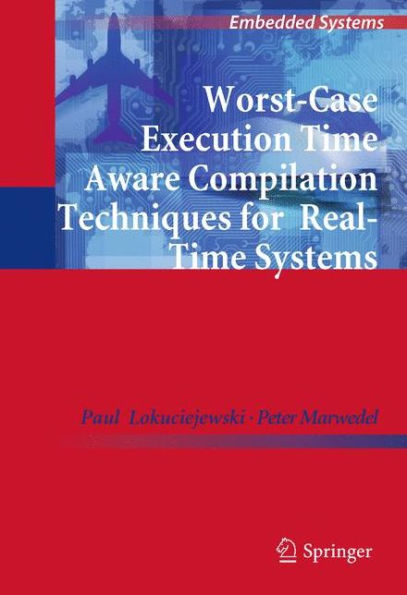Using these optimizations, the WCET of real-time applications can be reduced by about 30% to 45% on the average. This opens opportunities for decreasing clock speeds, costs and energy consumption of embedded processors. The proposed techniques can be used for all types real-time systems, including automotive and avionics IT systems.
Using these optimizations, the WCET of real-time applications can be reduced by about 30% to 45% on the average. This opens opportunities for decreasing clock speeds, costs and energy consumption of embedded processors. The proposed techniques can be used for all types real-time systems, including automotive and avionics IT systems.

Worst-Case Execution Time Aware Compilation Techniques for Real-Time Systems
262
Worst-Case Execution Time Aware Compilation Techniques for Real-Time Systems
262Paperback(2011)

Product Details
| ISBN-13: | 9789400733688 |
|---|---|
| Publisher: | Springer Netherlands |
| Publication date: | 12/01/2012 |
| Series: | Embedded Systems |
| Edition description: | 2011 |
| Pages: | 262 |
| Product dimensions: | 6.10(w) x 9.25(h) x 0.02(d) |
